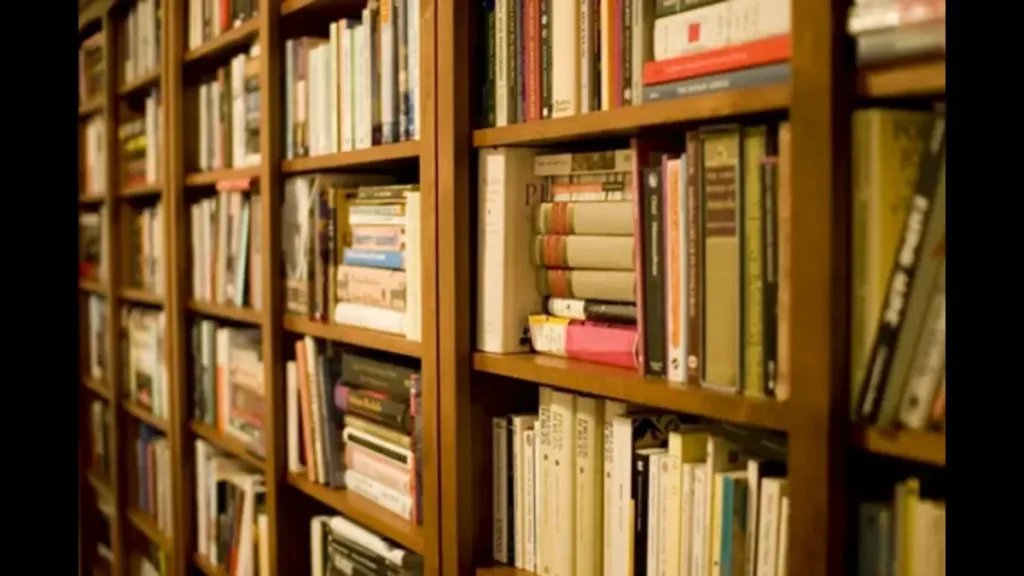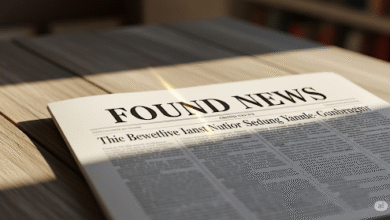The Beauty of a Blank Book: Endless Possibilities on Every Page

In a world driven by apps, screens, and digital clutter, something beautifully simple stands the test of time: the blank book. Whether you’re a writer, student, artist, planner, or thinker, a blank book offers a space to create, dream, organize, and reflect—without rules, notifications, or limitations.
So, what makes a blank book so timeless and versatile? Let’s explore why this unassuming object continues to capture hearts and minds, and how you can make the most of yours.
What Is a Blank Book?
A blank book is exactly what it sounds like: a book filled with empty pages. It may come in different formats—lined, unlined, dotted, grid—but the essence is the same. Unlike pre-filled planners or guided journals, a blank book gives you complete creative freedom.
Blank books are often used for:
- Writing and journaling
- Sketching and art
- Note-taking
- Bullet journaling
- Idea development
- Memory keeping
- Scrapbooking
- Goal planning
Whether you’re using it for personal reflection, professional notes, or pure imagination, a blank book is your canvas.
The Emotional Power of a Blank Page
There’s something magical about opening a blank book. It invites you to begin—without boundaries, prompts, or preconceptions.
It’s:
- A safe space for your thoughts.
- A launchpad for ideas.
- A companion for creativity.
- A record of your personal growth.
Psychologists often recommend journaling in blank books for mental clarity, mindfulness, and stress relief. There’s no “right” way to use one—just your way.
Common Types of Blank Books

Depending on your needs, there are various styles to choose from:
✏️ Lined Blank Book
Ideal for writers, journalers, and note-takers. The lines guide your writing without being restrictive.
🎨 Unlined or Plain Blank Book
Perfect for artists, sketchers, designers, or those who want full visual freedom.
🔲 Dotted or Bullet Journal Style
Popular for bullet journaling—dots help structure layouts for lists, trackers, calendars, etc.
▧ Grid or Graph Style
Great for diagramming, math notes, game design, or architecture sketches.
📚 Hardcover vs. Softcover
Hardcover gives a professional, durable feel, while softcover is lightweight and flexible—ideal for on-the-go use.
Creative Ways to Use a Blank Book
Still not sure how to use yours? Here are a few fun and meaningful ideas:
- Daily Journal: Track your day, mood, or reflections.
- Dream Log: Write down dreams upon waking.
- Art Journal: Combine drawings, collages, and writing.
- Recipe Book: Document family recipes or create your own.
- Travel Diary: Paste tickets, photos, and notes from your trips.
- Gratitude List: Write three things you’re thankful for each day.
- Business Planner: Map goals, content ideas, and meetings.
- Sketch Dump: A freeform sketchpad for doodles or concept art.
- Vision Board on Paper: Add magazine clippings, affirmations, and goals.
The only limit? Your imagination.
Why a Blank Book Over an App?
In a digital world, going analog might seem old-school—but that’s part of the charm.
Blank books offer:
- No distractions (no notifications or ads)
- Sensory experience (feel of paper, scent of ink)
- Better memory retention (writing by hand helps learning)
- Creative flexibility (no formatting rules)
Plus, flipping through a filled book of your thoughts and ideas is deeply satisfying—something a scrollable screen can’t quite replicate.
FAQs About Blank Books
Q1: What’s the best size for a blank book?
A: It depends on use. A5 (medium) is portable and versatile, while A4 offers more space for sketches or notes. Pocket-sized options are great for quick thoughts on the go.
Q2: Are blank books good for students?
A: Absolutely. Students use them for note-taking, brainstorming, project planning, or as a free-writing journal to boost creativity.
Q3: What kind of pen or pencil works best?
A: For writing, gel pens or fountain pens are smooth on quality paper. For art, use graphite, ink, or even light watercolor—just check if the paper can handle it.
Q4: How do I start using a blank book if I’m not sure what to write?
A: Start simple. Write the date. Jot down how you feel. Add a quote. Doodle in the corner. There are no rules—just let it evolve naturally.
Q5: Can I use a blank book as a planner?
A: Yes! Many people use blank or dotted books for bullet journaling—a customizable planning system with tasks, events, trackers, and calendars.
Q6: Are there eco-friendly blank books?
A: Yes. Look for books made with recycled paper, soy-based inks, or FSC-certified materials. Some brands even offer refillable leather covers for sustainability.
Final Thoughts
A blank book isn’t just paper—it’s a promise. A promise of potential, growth, creativity, and reflection. Whether you fill it with words, art, memories, or dreams, it becomes a unique extension of you.
So if you’re holding a new blank book in your hands, don’t be intimidated by the emptiness. Embrace it. That first mark you make could be the beginning of something beautiful.




